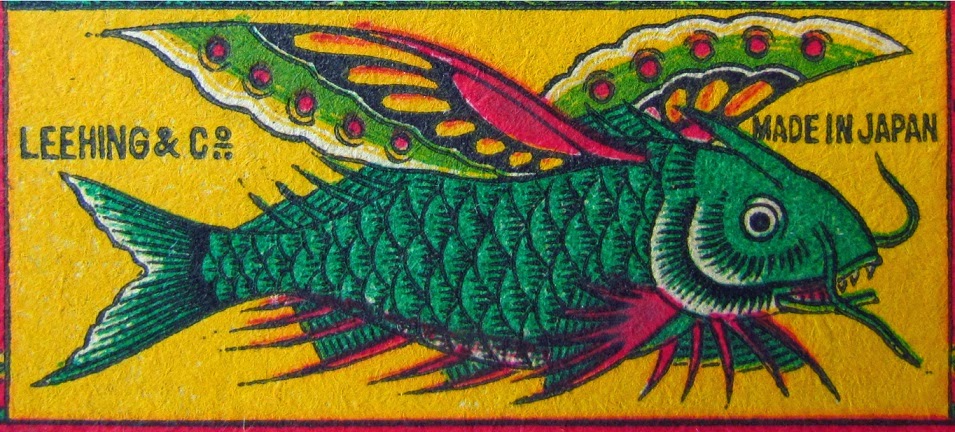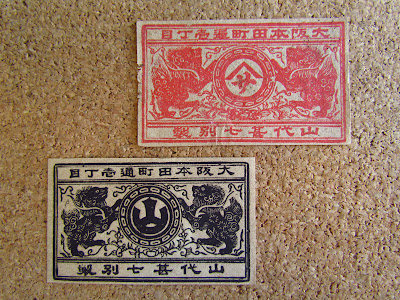 |
| Close up1 |
 |
| Close up2 |
 |
| Bryant & May ‘Flaming Fusee’ matches for cigars and pipes, London, England, 1861-1895 |
Match-making was a particularly dangerous job in the 1800s. Workers – mainly women – employed by companies such as Bryant & May to make matches commonly experienced a condition known as phossy jaw. This was caused by poisoning from the yellow phosphorous used in the head of the match. Phossy jaw was a terribly disfiguring and sometimes fatal condition. Eventually, a combination of this health danger, poor pay and long hours led to the formation of a trade union for the workers. The Match Girls Strike of 1888, led by social activist Annie Besant (1847-1933), was a landmark industrial action and led to better pay. In 1901, Bryant & May finally stopped using yellow phosphorous in their matches.
All right reserved to 'Brought to Life', a website provided by the Science Museum, London

















































